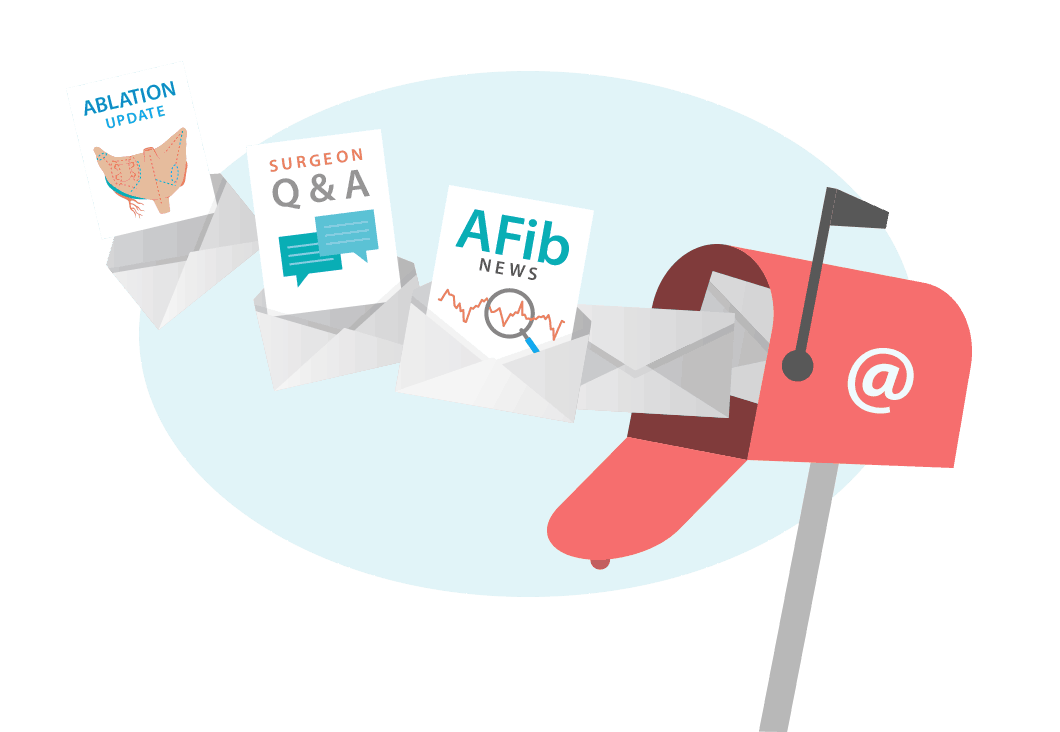Video Categories: Best Practices, Lesion Set
8,541 YouTube Views - Published July 30, 2020
Featured Speaker: Dr. Michael Moront
Video Overview
Dr. Michael Moront lectures on staging your procedure and how setting yourself up for success begins at the sternotomy.
Video Transcript
For the hearing impaired members of the AFibSurgeons.org community, we have provided a written transcript below:
Dr. Michael Moront: The Maze procedure, again, has a complicated set of lesions. We start off right from the start, as soon as you open the sternum, if you’re going to do a Maze procedure, you have to be thinking of left-atrium exposure. This is something I was taught a long time go that once you open the sternum, before you even put the retractor in, as you’re placing the retractor, you want to train the sternum more to the right. What that does is it improves your visualization. It changes the angle at which you visualize not only the mitral valve but also the entire left atrium.
You push the right sternum further to the right. You want to do it so it’s relatively flat. Then when you put your stay sutures in, you want to the left pericardial stays to be relatively loose and the right pericardial stays to be relatively tight. You want to basically rotate the heart in the pericardium, up like this, towards you, as an open case.
Now, cannulation is also very important. As l talked about before, in the SVC and IVC, you have to get above the cavoatrial junction with your clamp. In the SVC, you want to cannulate the mid- superior vena cava. In the IVC, I would not recommend going down to the IVC, especially after it’s immobilized because it’s actually not great tissue. I would indeed cannulate the base of the right atrium in good tissue, so it’ll hold sutures well and all that. Once you mobilize the IVC up, you have to go and do the inferior cavoatrial junction. You just have to release your snare to get your clamp in there.
A number of successful [pearls], so to speak, you have to have a plan on how you’re going to do this. Let’s just take this simple plan, you’re going to do one bypass, let’s just say it’s a vein bypass for the right coronary and you’re going to do a mitral valve replacement and you’re going to do a Maze procedure. The way I would personally do this operation would be I would do the right pulmonary veins, on bypass but not cross-clamped, the left pulmonary veins, on bypass, not cross-clamped.
Cross-clamp the heart. Do the right savenous vein bypass graft, or whatever graft you’re going to use to the right coronary artery. Then I would do the left atrial appendage, including ligation of it. I would then open the left atrium widely, I would first do my coronary sinus lesion, then my mitral annular lesion. Then I would do the floor and roof lesions for the left atrium. Hopefully by then, the left atrium – the mitral angle is thought out enough to work on it, you can go ahead and replace it, or repair it, whatever you’re planning.
I would then close the left atrium and you can either do the right side either with the cross-clamp on or with the cross-clamp off. I personally like to do it with the cross-clamp on. It’s just easier for me to do it that way. You have to have an attack plan, and that attack plan has to include the fact that if you’re going to work on a valve, you don’t want to be freezing it right before you work on it, if you can help it. You’ve got to give it time to thaw out.
Surgical exposure begins with the left atrium, with sternotomy and the stay sutures. You’ve got to have the clamp and the cryoprobe available prior to heart cardiopulmonary bypass. You have to have the appendage clips in the room prior to cardiopulmonary bypass, in my opinion. I perform three complete lesions sets per name Cox IV Maze lesion, but this is really an important thing –

